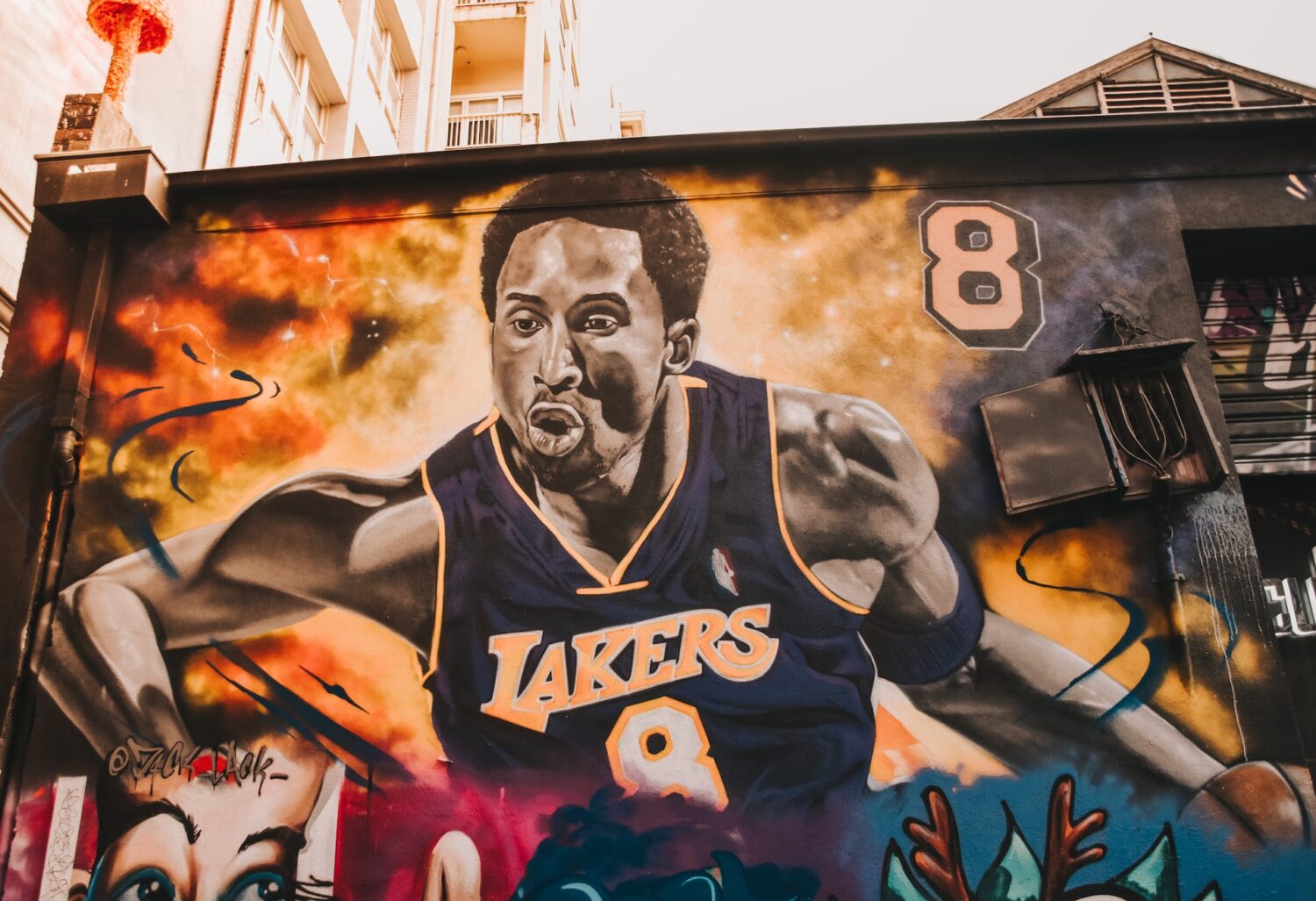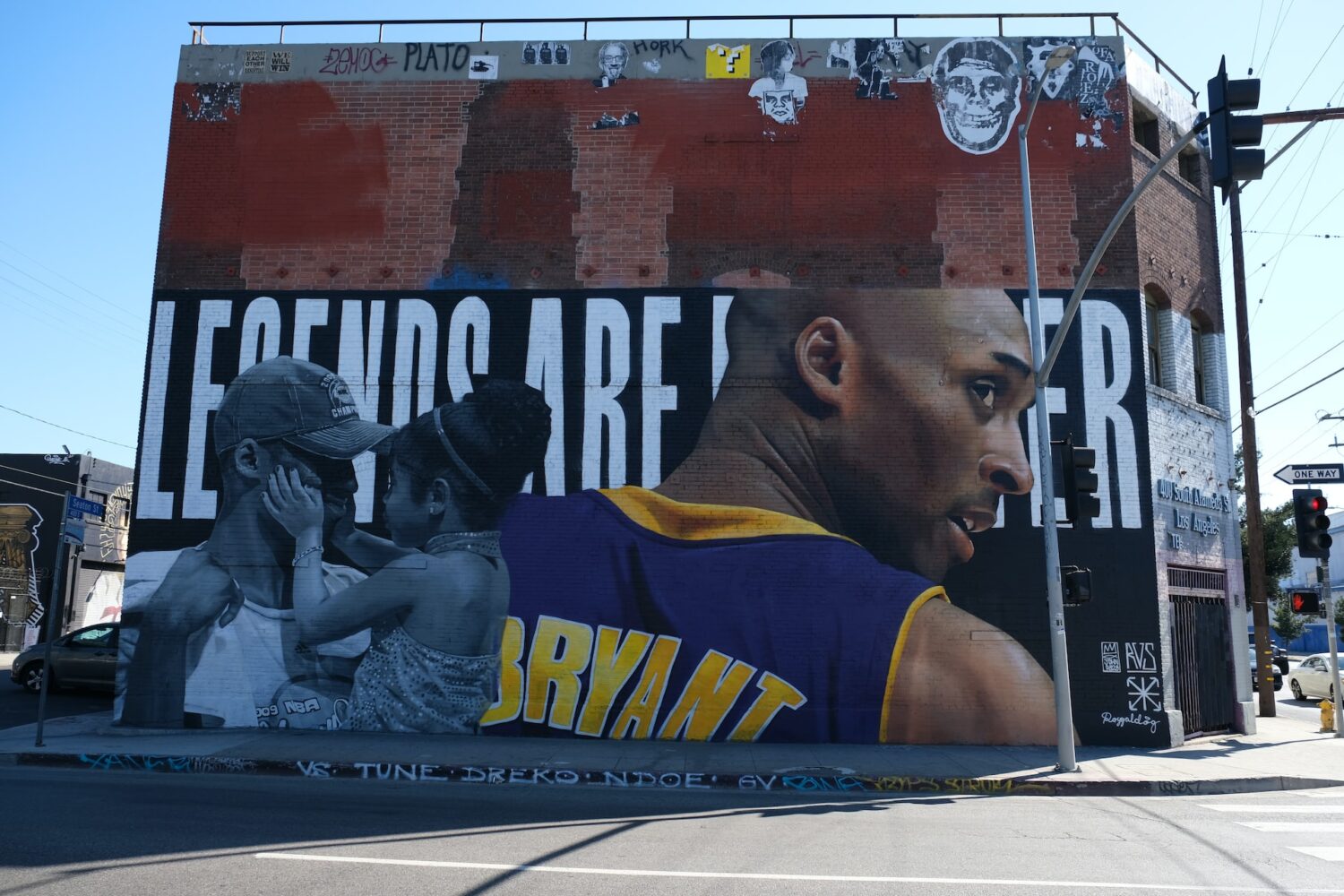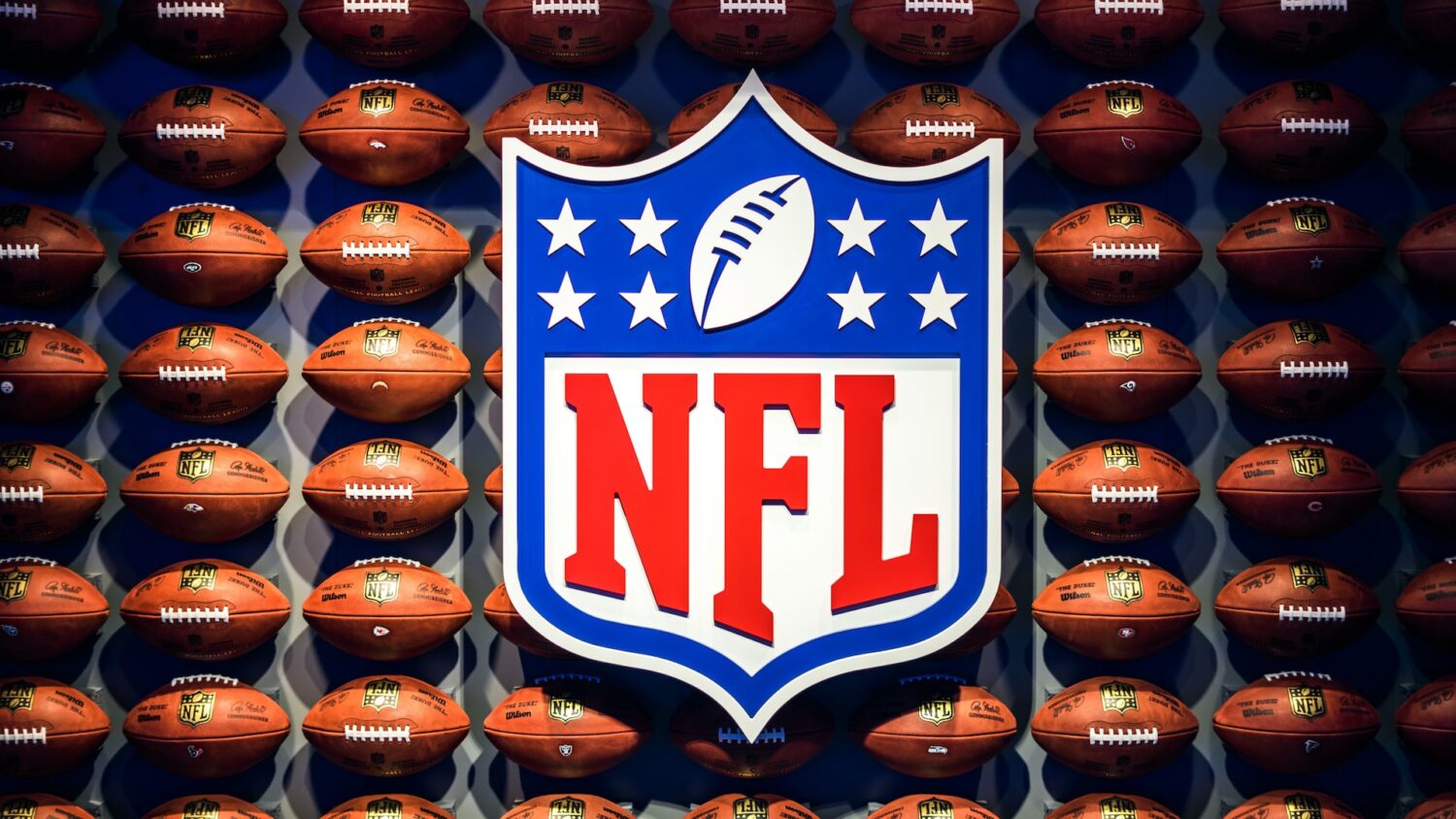Let’s be honest, we’ve all been there. We make some silly, horribly embarrassing mistake, only to see it for what it is when it’s too late to do anything about it. “What was I thinking?” we wonder, kicking ourselves for being such knuckleheads. But just because us regular joes and jills are prone to doing this, it doesn’t mean that the professionals running multi-million dollar NBA franchises are immune to such slip-ups. The only difference? When they do it, it costs millions upon millions of dollars – and sometimes championships.
Since hindsight is and will always be 20/20, these are the most boneheaded moves in the Association’s history – viewed in retrospect.
The Bucks trade Dirk
When the 1998 NBA Draft rolled out, the Dallas Mavericks had the sixth pick. For whatever reason, they chose Robert Traylor, who was nicknamed “Tractor” – but not because he loved fieldwork. Meanwhile, the Milwaukee Bucks were sure Traylor would be the second coming of Shaq, and wanted him bad. So bad, in fact, that they were willing to trade forward Pat Garrity and some German guy named Dirk Nowitzki to get him. The Mavs obliged, and received the player that would take them to 15 playoff appearances (2001-2012, 2014-2016) and who would win the league’s MVP in 2007.

Nowitzki also became the first European to start in the All-Star Game, in which he took part 13 times. Finally, he led the Mavs to their first title in 2011. As for Traylor, he turned out to be more heavy machinery than basketball player. He would leave Milwaukee after just two seasons, and the NBA itself after seven.
The Sonics move to OKC
The Seattle SuperSonics had a long and storied history, not to mention probably the coolest uniforms in the NBA. they only ever won a single championship, in 1979, but they were a force to be reckoned with throughout most of its existence, with special mention going to the Gary Payton-Shawn Kemp days of the 1990s and the Ray Allen-Rashard Lewis days of the early 2000s.
Then, in 2007, the Sonics got the second pick in the NBA draft. They took Texas Longhorn Kevin Durant, who went on to become one of the best basketball players in the world. It seemed like a generational player like Durant would be able to swing the team’s fortunes around and finally lead it to postseason success again, but just a year later, the team was sold to an Oklahoma City-based investment group. Not long thereafter, it relocated, and became the Oklahoma City Thunder we know today.

Now, this isn’t to knock the Thunder, or their fanbase. Russell Westbook is an amazing talent and fans there seem to love their team. But the fervor with which Sonics fans supported their side has been unmatched. For 11 years now, Seattle has been without a team despite numerous attempts to bring b-ball back to the Emerald City.
And so it stands, that the tiny market of Oklahoma City has a team to support, but Seattle does not. It may have made sense financially at the time, but it still felt like a miscarriage of justice.
The Blazers pass on Jordan
There are two dueling philosophies when it comes to the NBA draft. The first says a team should draft according to need, while the second says teams should take the best available player, regardless of their position. In 1984, the Portland Trailblazers’ management clearly subscribed to the first school of thought. They needed a center, so they took Kentucky’s Sam Bowie with the second pick.

In so doing, they took a hard pass on a North Carolina Tar Heel standout talent named Michael Jeffrey Jordan. You may have heard of him. Jordan went on to be… well, Jordan, while Bowie’s four seasons with the Blazers were plagued by injuries. And by the fact he wasn’t Michael Jordan.
This wasn’t only the worst decision in NBA history. It was probably the worst decision in all of pro sports.













